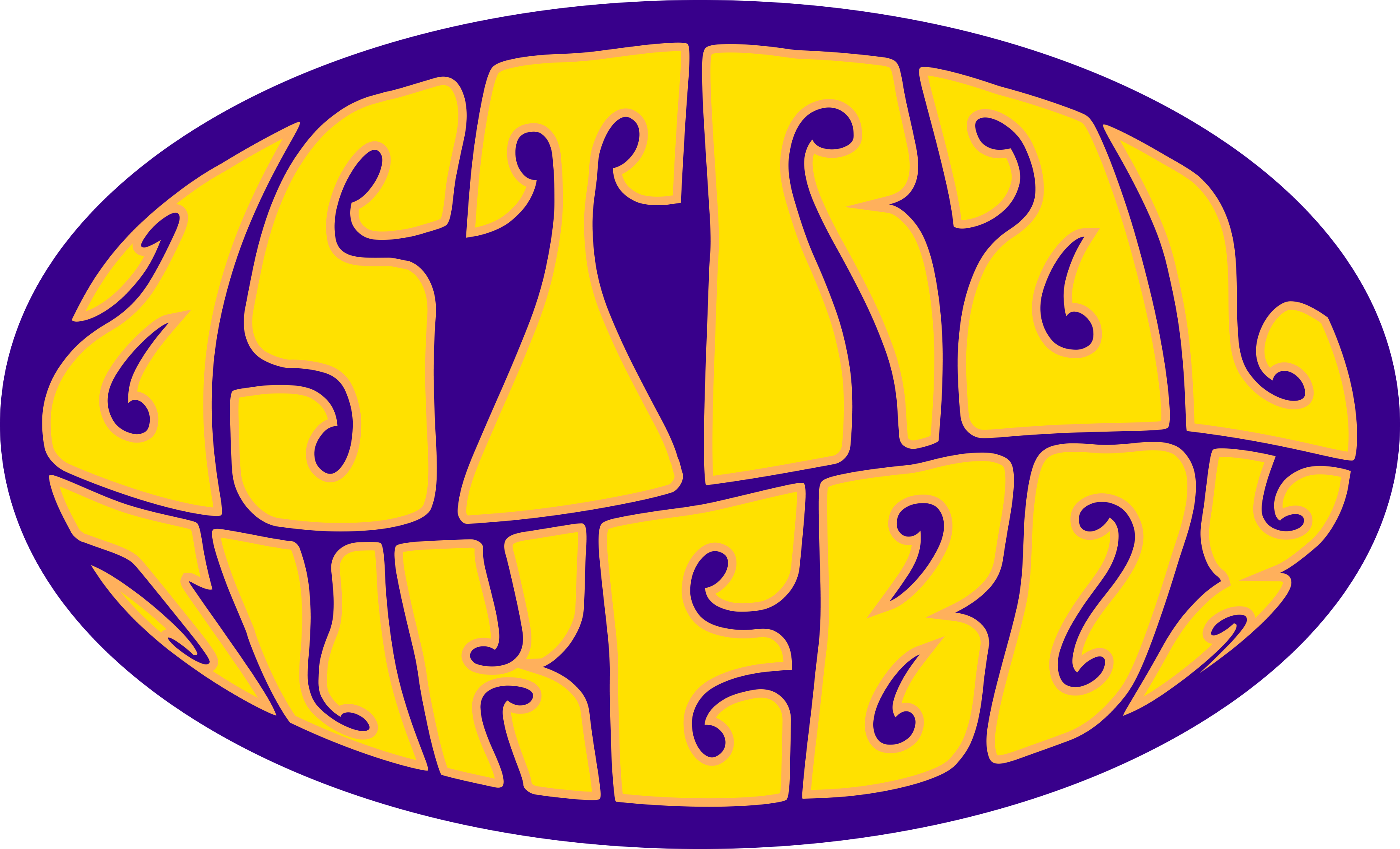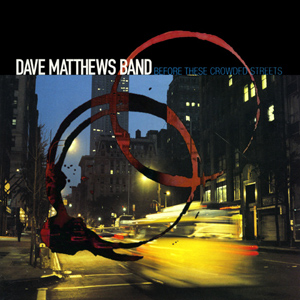It was a wall between the band and itself. One of the most iconic and talked about albums of all time certainly paid its price in the bad blood of the members of Pink Floyd. Between the admittedly dour story lines are some of the most well-known solos, lyrics, and even screams in rock n roll. This album has been an absolute inspiration to my music. Most likely, it was because I listened to it from beginning to end almost every single day in 1999. I was drawn to something in the character of “Pink”. There was something in the madness, something in the rejection of those around us that captivated me and I could not get enough. Now, more than 40 years after the albums release, I still feel pulled in by those same lyrics today. I’m still somewhat mystified as to what has inspired me all these years.
A Concept Album
The Wall is a tour through the mind of Roger Waters with additional musical inspiration by David Gilmour. Roger had conceived of the album during their 1977 In The Flesh tour. The tour lends its name to two rather poignant tracks. Roger admitted that he had felt disconnected with the audience. During the tour, an ever – larger, drunker, and more distanced fan base emerged. This was a far cry from the small club sets of their heyday.
Subsequently, he conceived of building a wall between him and the audience. Instead, he built one between himself and the rest of the band. In the Flesh? Is an apropos beginning to both the album and the demise of Pink Floyd as asks his audience if they just came for that “space-cadet glow.” It becomes a bit of an admission that he had be playing a character on stage, one that he was increasingly uncomfortable with.
The Wall Tracks
Most fans and non-fans alike recognize the familiar cannons from the album. The disco march of Another Brick in the Wall and the drug-induced hypnosis of Comfortably Numb come to mind. My favorite tracks are situated in between. Some of my favorites didn’t even show up until the movie was produced a couple years later. This includes including The Tigers Broke Free. In the aforementioned In the Flesh?, the band draws parallels with extremism and madness that still resonate today. Young Lust is quite possibly the Floyd’s most rock and roll song in their entire catalogue. It is something that you might expect from more traditional rock artists like the Stones.
The first album concludes with Goodbye Cruel World and deep emotion that could only be understood by those who have experienced it. The somber closing the first record is Pink’s, the albums protagonist rock star, descent into madness. Is There Anybody Out There is a beautiful acoustic guitar melody that is both haunting and hopeful as it starts the second album. The Trial and subsequent Outside the Wall are masterful conclusions to Pink’s catastrophic fall and conclusion. Perhaps, they are reminiscent of the band itself.
Pink Floyd – An Ending and Beginning
Widely regarded as one of the best rock operas of all time, The Wall was something more personal to me. I was struggling with my own darkness in life. The Wall became a bit of a daily metaphor for losing it all as well as redemption. Some of the tracks on A Beautiful Catastrophe are heavily inspired by this album. “All along or in twos, the ones who really love you walk up and down outside the wall.” For me, the whole album with its soaring signature Gilmour licks, explosive dynamics, and downright eerie melancholy comes down to this. Like the story of Pink Floyd fans themselves, even while The Wall ripped the band we loved apart. In the end, we to walked up and down The Wall waiting someday for an ultimate reconciliation and rebirth.


